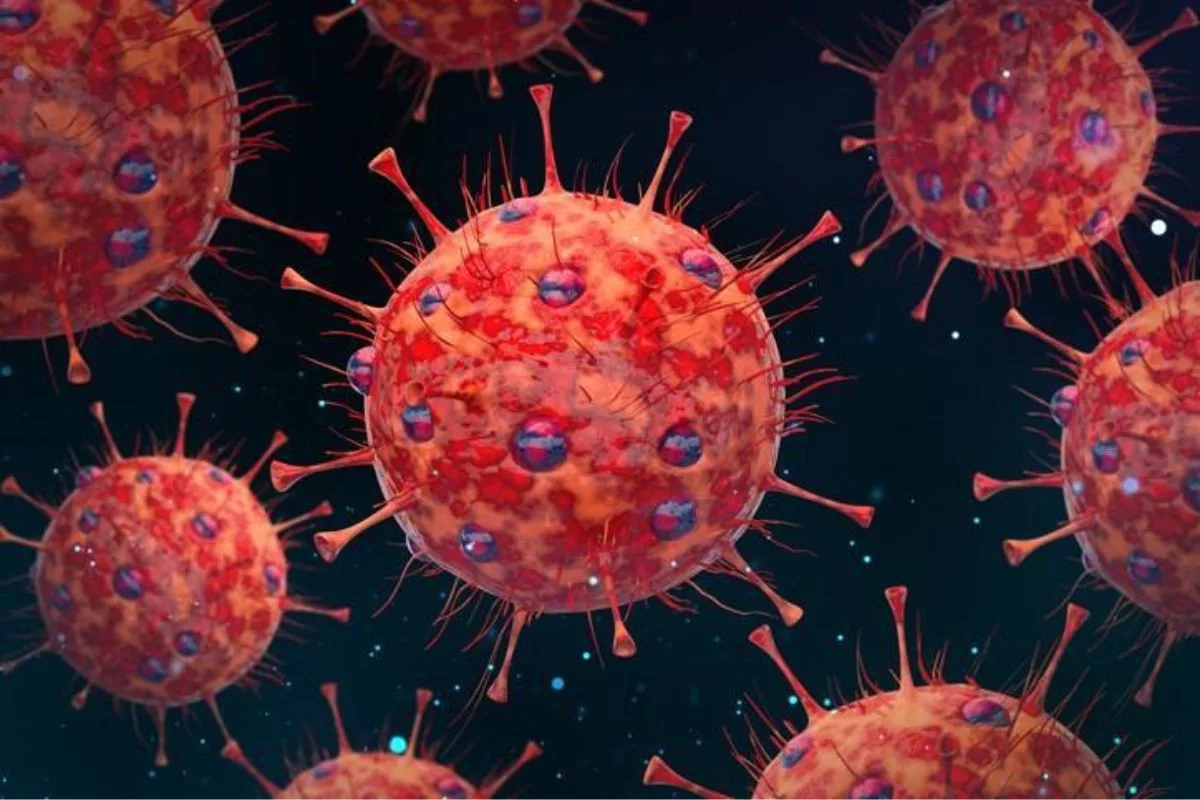Covid-19 Hospitalisations Increase In Karnataka: Is A New Variant On Rise?
Karnataka has reported a total death count of five between January 1 and March 9. Following a slight increase in Covid cases in Karnataka, specifically in Bengaluru, the BBMP health wing has been directed to immediately begin clinical audits of hospitalized cases with upper respiratory infections to determine the reasons for the increase in admissions, particularly in ICU.

The covid-19 rates of death are low. However, government hospitals have seen an uprise in admissions in the past week. The weekly test rate of positivity was found to be 1.78 percent.
The data has shown that hospitalization has increased from 12 on February 28 to 52 on March 13. Two patients have been admitted on the ICU ventilator beds, 14 are on ICU beds, and three have been admitted on oxygen beds. The rest of the patients have occupied general beds. Of the 52 patients, 42 are admitted to Bengaluru.
The active covid rates have increased rapidly in Karnataka from 278 to 510, while 310 cases have been reported in Bengaluru.
Karnataka has reported a total death count of five between January 1 and March 9. The latest death was of an 81-year-old individual, who was suffering from Acute Respiratory Distress Syndrome in Bengaluru on March 9.
Chairman of the Technical advisory committee, MK Sudarshan, has addressed the spread of covid in Karnataka to valid media sources.
He has mentioned that people going unmasked in public places may be the reason behind the increase in the number of cases. Based on the TAC recommendation, it has been found that the health commissioner, Randeep D, has directed the Bruhat Bengaluru Mahanagra Palike (BBMP) to conduct clinical audits of hospitalized cases. It would provide a picture of the rise in hospitalization. They have visualized that the patients are getting admitted to the hospitals for different health conditions, and they have turned out to be covid positive on further tests. However, they recover and get discharged from the hospitals.

He has even declared that there was no need for tension in the current situation.
The meeting organized on March 12 even addressed the situation of sewage treatment by the Technical Advisory Committee.
They have mentioned that multiple organizations are carrying out sewage surveillance. There has not been any standardization or uniformity. Every authority has its way of conducting surveillance. TAC has recommended standardizing the protocol for all the agencies and reporting the data to a single nodal authority in the state.
Health Commissioner has even asked the committee to check the co-infection between H3N2 influenza and covid because both have similar respiratory symptoms.
Following a slight increase in Covid cases in Karnataka, specifically in Bengaluru, the BBMP health wing has been directed to immediately begin clinical audits of hospitalized cases with upper respiratory infections to determine the reasons for the increase in admissions, particularly in ICU.

According to TAC recommendations, it is necessary to investigate: if there is H3N2 Influenza and Covid-19 co-infection because both share similar respiratory infection signs and symptoms… It has been proposed to conduct an audit of deaths beginning in January 2023, based on the March 10 directive issued to the BBMP.
The health department has released 212 variants of concern that were detected in January and February. Of these, 88 belonged to ETA/Kappa and pango subvariant, and the remaining belonged to Omicron.
Is a new covid variant on the rise?
A fast-spreading XBB.1 subvariant has been found behind an increase in covid cases in India. According to the international platforms tracking the spread of covid, the highest number of sequences have arisen from India followed by Brunei, the United States, and Singapore.
An expert from India’s genome sequencing network has stated that the XBB.1.16 subvariant has made its prevalence in Maharashtra and Gujarat. It has been found that the sub-variant has descended from the ancestor XBB. The surge could be contributed to the sub-variant.
Many strains isolated from recent Indian visitors to Singapore, the United States, and Brunei have been XBB.1.16. As a result, this subvariant may be to blame for the ongoing increase in cases in India. “It’s also possible that XBB.1.16 originated in India,” the expert speculated, adding that XBB.1.16 could eventually displace all other SARS-CoV-2 circulating variants.

India currently has 48 sequenced samples of this sublineage, according to covSPECTRUM, a platform that retrieves GISAID data and assists scientists in identifying variants of SARS-CoV-2. According to it, 39 sequenced samples of the sublineage are from Maharashtra, eight from Gujarat, and one from Uttar Pradesh.
Dr. Vipin M Vashishtha, a member of the WHO’s vaccine safety net who has been regularly tracking covid variants, has stated that not much information was revealed about the subvariant- the immune escape abilities and the capability to cause severe diseases compared to other strains.




